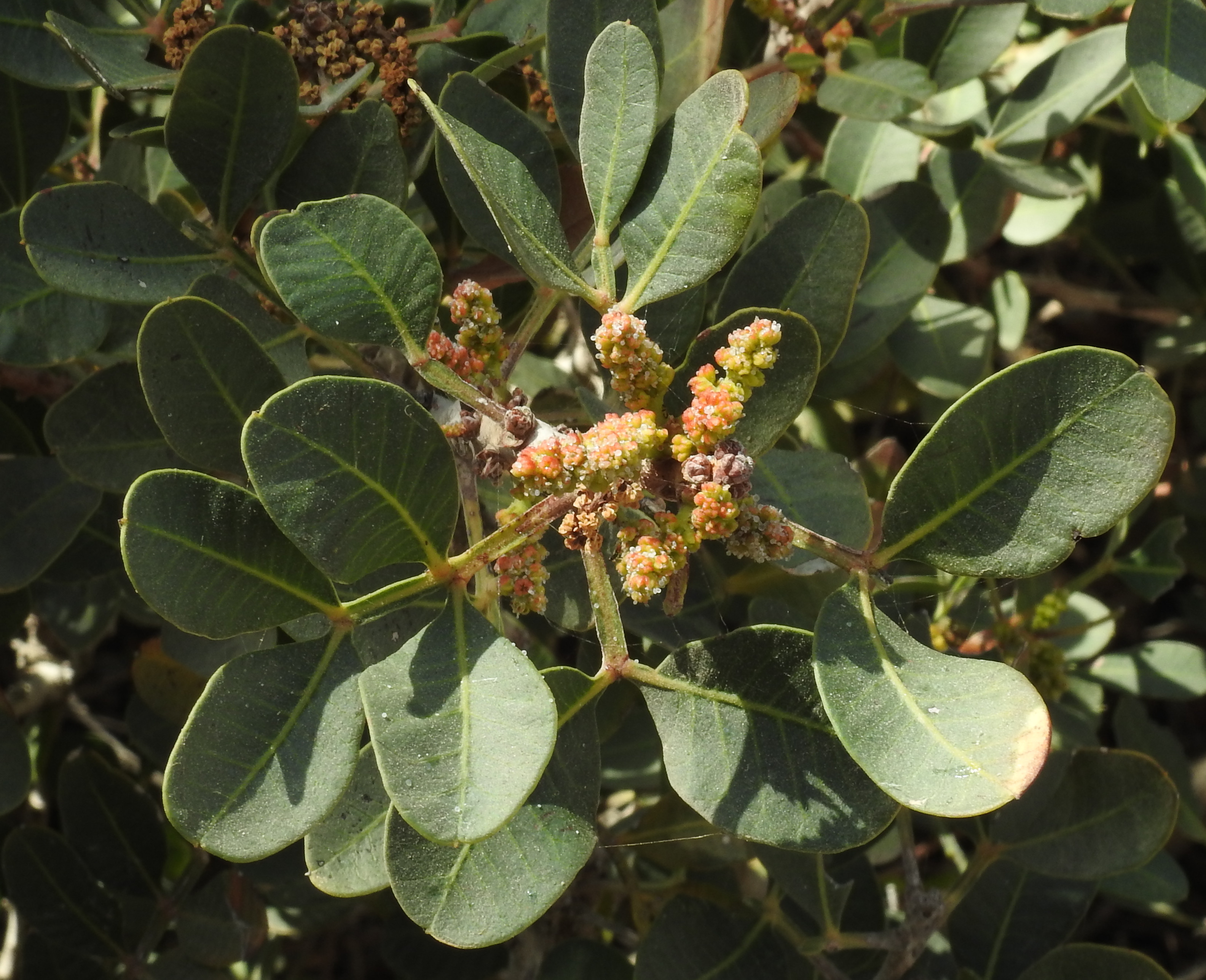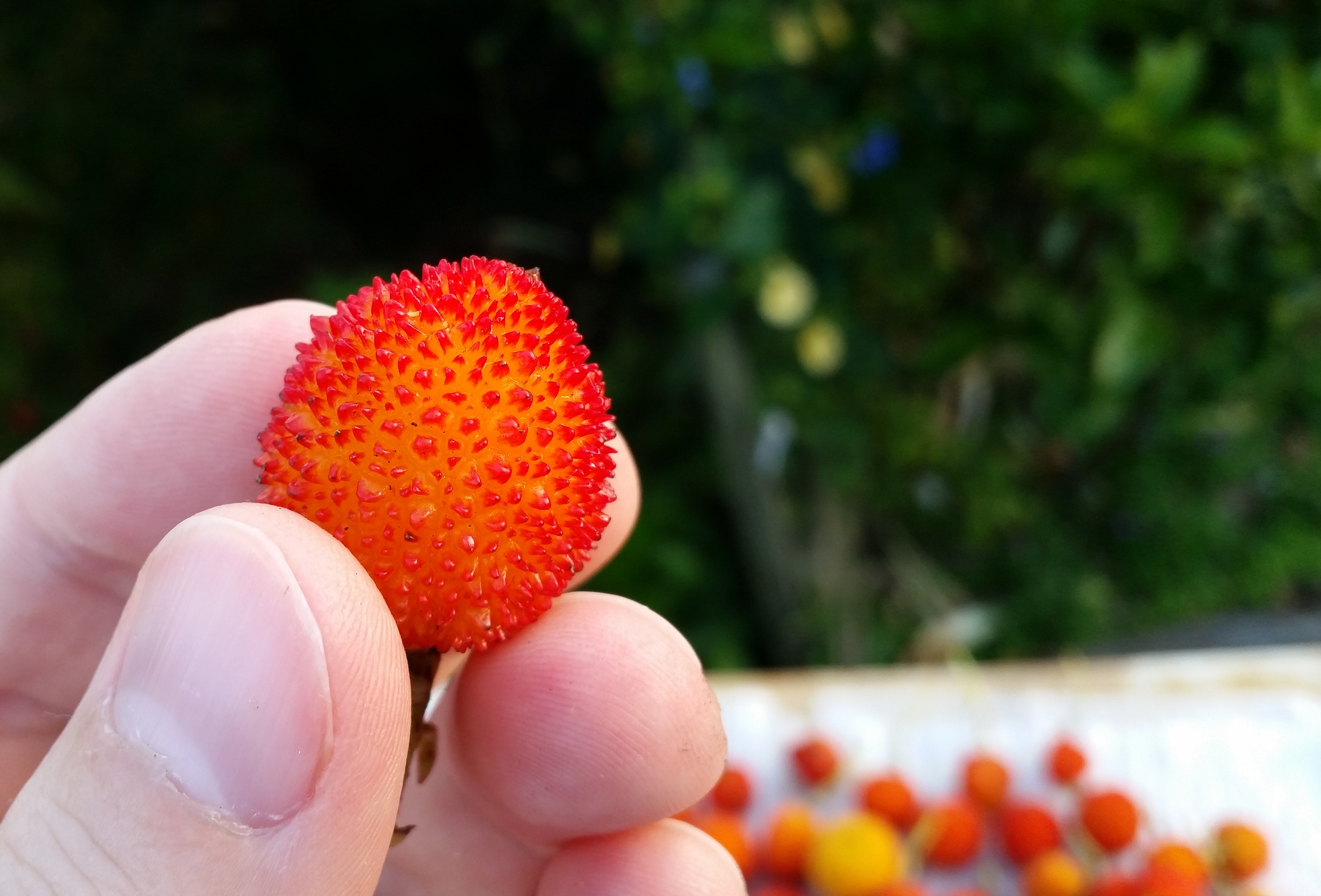|
Agriates
The Agriates Desert or the Agriates (''désert des Agriates'' in French and ''l'Agriate'' in Corsican) is an area of Corsica split between the micro-regions of and Nebbio in Haute-Corse. Geography Location The Agriates Desert is a territory bordered to the south by a mountain range, the Serra di Tenda, and on all other sides by the Mediterranean Sea. The territory is divided, from west to east, between the communes of Palasca, San-Gavino-di-Tenda, Santo-Pietro-di-Tenda, and Saint-Florent. The Agriates are largely uninhabited, with the exception of the scattered village of . Some tourist guides describe the Agriates as the only desert in Western Europe, but that is false: Spain is notably home to the Tabernas Desert and the Bardenas Reales, and Iceland has its cold . Geology and terrain Covering an area of approximately 15,000 hectares, the Agriates are geographically demarcated by: * 37 km of virgin coast to the north * Departmental Route 81 and the foothill ... [...More Info...] [...Related Items...] OR: [Wikipedia] [Google] [Baidu] |
Haute-Corse
Haute-Corse (; co, Corsica suprana , or ; en, Upper Corsica) is (as of 2022) an administrative department of France, consisting of the northern part of the island of Corsica. The corresponding departmental territorial collectivity merged with that of Corse-du-Sud on 1 January 2018, forming the single territorial collectivity of Corsica, with territorial elections coinciding with the dissolution of the separate councils. However, even though its administrative powers were ceded to the new territorial collectivity, it continues to remain an administrative department in its own right. In 2019, it had a population of 181,933.Populations légales 2019: 2B Haute-Corse INSEE History [...More Info...] [...Related Items...] OR: [Wikipedia] [Google] [Baidu] |
Torra Di Mortella
The Tower of Mortella ( co, Torra di Mortella) is a ruined Genoese tower on Corsica, located on the coast near Punta Mortella ( Myrtle Point) in the commune of Saint-Florent, Haute-Corse. It was a progenitor of the numerous Martello towers the British built in the 19th century throughout their empire. History The Italian architect Giovan Giacomo Paleari Fratino designed the Tour de Mortella and Colonel Giorgio Doria directed the construction between 1563 and 1564. It was one of a series of coastal defences constructed by the Republic of Genoa between 1530 and 1620 to repulse attacks by Barbary pirates. On 7 February 1794, two British warships, (74 guns) and (32 guns), unsuccessfully attacked the tower at Mortella Point; the tower eventually fell to land-based forces under Major-General David Dundas and Lieutenant-General John Moore after two days of heavy fighting. Late in the previous year, the tower's French defenders had abandoned the tower after (32 guns) had fi ... [...More Info...] [...Related Items...] OR: [Wikipedia] [Google] [Baidu] |
French Language
French ( or ) is a Romance language of the Indo-European family. It descended from the Vulgar Latin of the Roman Empire, as did all Romance languages. French evolved from Gallo-Romance, the Latin spoken in Gaul, and more specifically in Northern Gaul. Its closest relatives are the other langues d'oïl—languages historically spoken in northern France and in southern Belgium, which French (Francien) largely supplanted. French was also influenced by native Celtic languages of Northern Roman Gaul like Gallia Belgica and by the ( Germanic) Frankish language of the post-Roman Frankish invaders. Today, owing to France's past overseas expansion, there are numerous French-based creole languages, most notably Haitian Creole. A French-speaking person or nation may be referred to as Francophone in both English and French. French is an official language in 29 countries across multiple continents, most of which are members of the '' Organisation internationale de la Francopho ... [...More Info...] [...Related Items...] OR: [Wikipedia] [Google] [Baidu] |
Monument Historique
''Monument historique'' () is a designation given to some national heritage sites in France. It may also refer to the state procedure in France by which National Heritage protection is extended to a building, a specific part of a building, a collection of buildings, a garden, a bridge, or other structure, because of their importance to France's architectural and historical cultural heritage. Both public and privately owned structures may be listed in this way, as well as movable objects. As of 2012 there were 44,236 monuments listed. The term "classification" is reserved for designation performed by the French Ministry of Culture (France), Ministry of Culture for a monument of national-level significance. Monuments of lesser significance may be "inscribed" by various regional entities. Buildings may be given the classification (or inscription) for either their exteriors or interiors. A monument's designation could be for a building's décor, its furniture, a single room, or eve ... [...More Info...] [...Related Items...] OR: [Wikipedia] [Google] [Baidu] |
Pistacia Lentiscus
''Pistacia lentiscus'' (also lentisk or mastic) is a dioecious evergreen shrub or small tree of the genus '' Pistacia'' native to the Mediterranean Basin. It grows up to tall and is cultivated for its aromatic resin, mainly on the Greek island of Chios and around the Turkish town of Çeşme.''Pistacia lentiscus'' L. a Mansfeld's Database Taxonomy Description  The p ...
The p ...
[...More Info...] [...Related Items...] OR: [Wikipedia] [Google] [Baidu] |
Cistus
''Cistus'' (from the Greek ''kistos'') is a genus of flowering plants in the rockrose family Cistaceae, containing about 20 species (Ellul ''et al.'' 2002). They are perennial shrubs found on dry or rocky soils throughout the Mediterranean region, from Morocco and Portugal through to the Middle East, and also on the Canary Islands. ''Cistus'', with its many hybrids and cultivars, is commonly encountered as a garden flower. The common name rockrose (rock rose in the UK) is applied to the species, a name also shared by the related genera '' Halimium'', '' Helianthemum'' and '' Tuberaria'', all in the family Cistaceae. The common name ''gum cistus'' is applied to resin-bearing species, especially ''C. ladanifer''. Description The leaves are evergreen, opposite, simple, usually slightly rough-surfaced, 2–8 cm long. In a few species (notably ''C. ladanifer''), the leaves are coated with a highly aromatic resin called labdanum. They have showy 5-petaled flowers ranging from ... [...More Info...] [...Related Items...] OR: [Wikipedia] [Google] [Baidu] |
Euphorbia Myrsinites
''Euphorbia myrsinites'', the myrtle spurge, blue spurge, or broad-leaved glaucous-spurge, is a succulent species of flowering plant in the spurge family Euphorbiaceae. Distribution The plant is native to southeastern Europe and Asia Minor, from Italy east through the Balkans to Crimea and Turkey.''Flora Europaea''''Euphorbia myrsinites''/ref> Etymology The specific epithet ''myrsinites'' is derived from the Greek word (''myrsinites''), which was used in Dioscorides's ''De Materia Medica'' to describe its similarity to (''myrsine''), aka myrtle ('' Myrtus communis''). Description Myrtle spurge is an evergreen perennial. It has sprawling stems growing to 20–40 cm long. The leaves are spirally arranged, fleshy, pale glaucous bluish-green, 1–2 cm long. The flowers are inconspicuous, but surrounded by bright sulphur-yellow bracts (tinged red in the cultivar 'Washfield'); they are produced during the spring.Huxley, A., ed. (1992). ''New RHS Dictionary of Gardening ... [...More Info...] [...Related Items...] OR: [Wikipedia] [Google] [Baidu] |
Erica Arborea
''Erica arborea'', the tree heath or tree heather, is a species of flowering plant (angiosperms) in the heather family Ericaceae, native to the Mediterranean Basin and Ethiopia, Kenya and Tanzania in East Africa. It is also cultivated as an ornamental. The wood, known as briar root (French: bruyère, Catalan: bruc, Portuguese: betouro, Spanish: brezo), is extremely hard and heat-resistant, and is used for making smoking pipes. Leaf fossils attributed to this species were described for the Mio-Pleistocene deposit of São Jorge in Madeira Island. Description ''Erica arborea'' is an upright evergreen shrub or small tree with a typical height in the wild of some , especially in Africa, but more typically in gardens. It bears dark green needle-like leaves and numerous small honey-scented bell-shaped white flowers. It is a calcifuge, preferring acid soil in an open sunny situation. Distribution There are disjunct populations in Africa including the Ethiopian Highlands, the m ... [...More Info...] [...Related Items...] OR: [Wikipedia] [Google] [Baidu] |
Arbutus Unedo
''Arbutus unedo'' is an evergreen shrub or small tree in the family Ericaceae, native to the Mediterranean region and western Europe. The tree is well known for its fruits, which bear some resemblance to the strawberry — hence the common name "strawberry tree". However, it is not closely related to true strawberries of the genus ''Fragaria''. Its presence in Ireland also lends it the moniker "Irish strawberry tree", or cain, or cane apple (from the Irish name for the tree, ''caithne''), or sometimes "Killarney strawberry tree". The strawberry tree is the national tree of Italy because of its green leaves, its white flowers and its red berries, colors that recall the Italian flag. Taxonomy ''Arbutus unedo'' was one of the many species described by Carl Linnaeus in Volume One of his landmark 1753 work '' Species Plantarum'', giving it the name it still bears today. A study published in 2001 which analyzed ribosomal DNA from ''Arbutus'' and related genera found ''Arbutus'' ... [...More Info...] [...Related Items...] OR: [Wikipedia] [Google] [Baidu] |
Maquis Shrubland
220px, Low maquis in Corsica 220px, High ''macchia'' in Sardinia ( , , ) or ( , ; often in Italian; hr, makija; ; ) is a shrubland biome in the Mediterranean region, typically consisting of densely growing evergreen shrubs. Maquis is characterized by plants of the family Lamiaceae, genera ''Laurus'' and ''Myrtus'', and species '' Olea europaea'', ''Ceratonia siliqua'', and ''Ficus carica''. It is similar to garrigue. See also * Mining maquis * Maquis (other) * Mediterranean forests, woodlands, and scrub Mediterranean forests, woodlands, and scrub is a biome defined by the World Wide Fund for Nature. The biome is generally characterized by dry summers and rainy winters, although in some areas rainfall may be uniform. Summers are typically hot in ... References External links * * * {{DEFAULTSORT:Maquis Shrubland * Ecoregions of Europe Ecoregions of Metropolitan France Environment of the Mediterranean Mediterranean forests, woodlands, and scrub ... [...More Info...] [...Related Items...] OR: [Wikipedia] [Google] [Baidu] |
Transhumance
Transhumance is a type of pastoralism or nomadism, a seasonal movement of livestock between fixed summer and winter pastures. In montane regions (''vertical transhumance''), it implies movement between higher pastures in summer and lower valleys in winter. Herders have a permanent home, typically in valleys. Generally only the herds travel, with a certain number of people necessary to tend them, while the main population stays at the base. In contrast, ''horizontal transhumance'' is more susceptible to being disrupted by climatic, economic, or political change. Traditional or fixed transhumance has occurred throughout the inhabited world, particularly Europe and western Asia. It is often important to pastoralist societies, as the dairy products of transhumance flocks and herds (milk, butter, yogurt and cheese) may form much of the diet of such populations. In many languages there are words for the higher summer pastures, and frequently these words have been used as plac ... [...More Info...] [...Related Items...] OR: [Wikipedia] [Google] [Baidu] |




